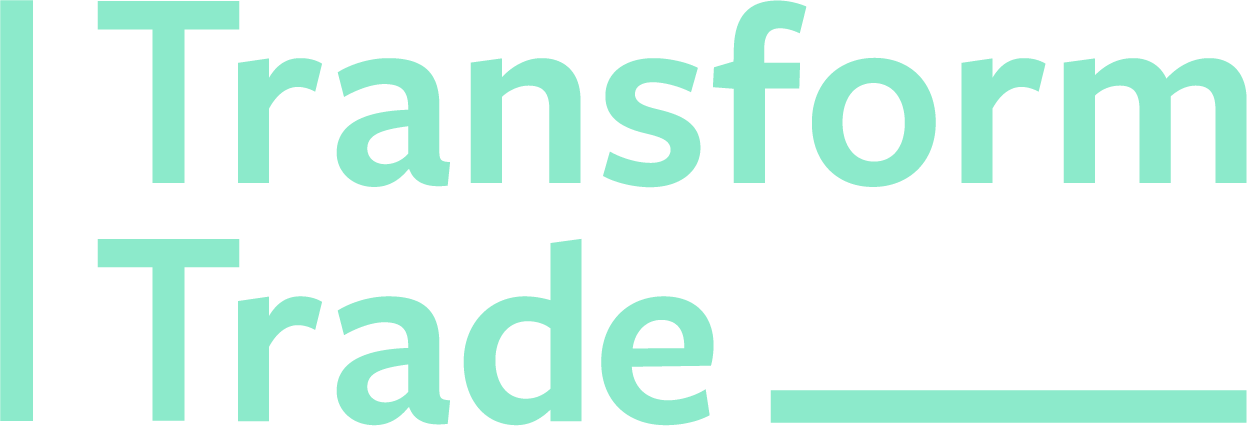People centred trade
It’s trade where everybody benefits, that’s good both for people and the planet we call home.
Morjina’s story…
Morjina Baski is the leader of a group of 52 women in Nachole, Bangladesh. Against a backdrop of discrimination, unequal pay and limited opportunities, Morjina and the women in her collective are standing up for their rights and building new business opportunities in the toughest economic conditions.
What is people centred trade?
Conventional Trade
People centred trade
Resource use
Extractive and wasteful
Sustainable
-
The first hallmark of people centred trade is resource-use that protects and regenerates the ecosystem.
Rather than extracting resources from the earth mindlessly and for profit, people centred trade ensures that raw materials are reused and replenished, and energy sources – including carbon – are renewable.
It is often true that traditional systems of farming and resource-use are sustainable and also ensure that communities retain power over their resources.
Supply chains
Opaque, complex and shifting
Transparent with producers and consumers in partnership
-
Transparent supply chains are a key hallmark of people centred trade.
Transparency unlocks knowledge and power within the supply chain – so that when the most vulnerable people (often the workers or farmers) know who is making the decisions, they can start to influence those decisions.
This is not a simple process. Transform Trade brought together all the players in the Kenyan green bean supply chain – from the smallholder farmers to the packhouse workers, to the supply company to the UK supermarket. Over many meetings, the buyers and supermarket began to listen seriously to the concerns of the farmers and workers.
Rewards
Monopolised by those with most power
Shared so everybody benefits
-
A critical hallmark of people centred trade is that the rewards from trade are shared fairly along the supply chain.
The people with least power and voice need to be able to demand their share of the added value. This is in sharp contrast to conventional trade where rewards are often monopolised by those with existing power and capital.
A more equal sharing of rewards can come about through consumer pressure but can also be regulated by the actions of elected governments.
Women
Exploited and excluded from power
Equal dignity, opportunity and power
-
Across the globe, women are the group most excluded from the benefits of trade. They are likely to do the most basic and least rewarded jobs, and are least likely to have their voices heard, or the opportunity to influence those with power. They also do the bulk of domestic duties.
At the same time, people from ethnic and gender minorities, migrant workers, and those with disabilities also experience discrimination and exclusion and experience multiple levels of discrimination as a result.
This vulnerability can be exploited by employers – for example, in the south Indian garment sector, there is evidence that employers specifically recruit young migrant women from other parts of India.
People centred trade instead puts women at the heart of power and decision-making, and ensures that they have voice and influence within the supply chain.
Human Rights
Businesses not held to account; abuses go unchecked
Businesses are held accountable; rights are respected
-
Trade and business must put the rights of people first before the imperative to make a profit. For this to happen there must be action by both businesses – to review their operations – and elected governments – to set the legal framework within which businesses can operate.
It is also vital that there are mechanisms to address rights violations and that workers and local communities who are most at risk of abuse can challenge any violations and hold decision-makers to account. Where workers are able to organise into democratic unions or collectives, abuses are far less likely to happen.
Ownership
Monopolised by those with capital
Shared among stakeholders
-
The ownership structure of many businesses is one of the reasons why conventional trade has such a strong focus on short term profitability.
Privately-owned businesses include some of the world’s biggest corporations.
Because the shares are not publicly traded, they do not need to meet such stringent disclosure rules and do not have to abide by stock market regulations.
Public companies’ shares are available to trade on stock markets, but founders often maintain a controlling interest, while very few of the remaining people who own shares have the time or or knowledge to investigate the companies where their fund is invested. They just want steady growth in their dividends.
There are alternative models of business ownership which return wealth to the communities of which they are a part. Cooperative and mutual enterprises (CMEs) are owned by their members – these can include workers, but also customers and suppliers. Decisions are taken and profits shared equally among members resulting in a much wider distribution of rewards than in shareholder owned businesses.





















